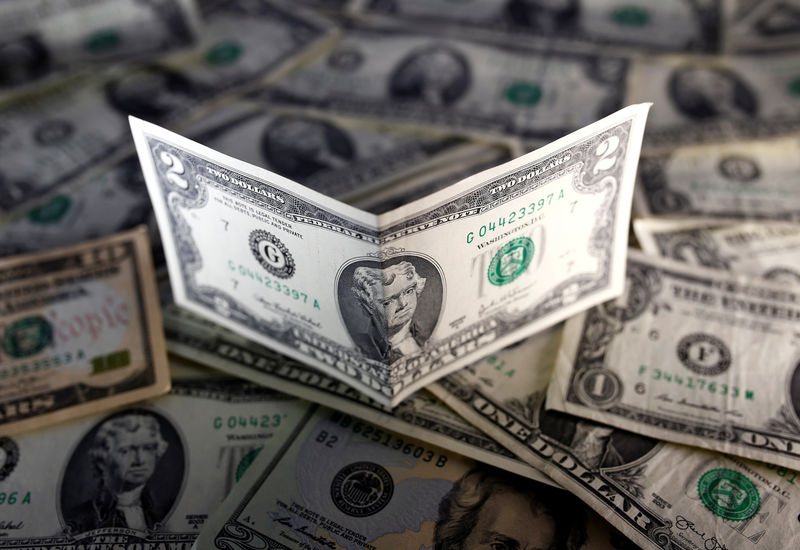By Peter Nurse
Investing.com - The U.S. dollar has been in demand in European trade Thursday, as illustrations of the severity of the collapse in global economic activity prompted a flight to safety bid.
At 3:05 AM ET (0705 GMT), the U.S. Dollar Index, which tracks the greenback against a basket of six other currencies, stood at 99.820, up 0.3%, while EUR/USD fell 0.2% to 1.0888 and GBP/USD fell 0.1% to 1.2501. USD/JPY climbed 0.3% to 107.75.
Overnight the International Monetary Fund forecast that growth in Asia will stall at zero percent in 2020.
“This is the worst growth performance in almost 60 years, including during the Global Financial Crisis (4.7 percent) and the Asian Financial Crisis (1.3 percent),” Chang Yong Rhee, director of the IMF’s Asia and Pacific department, said in a blog post.
Yet Asia is still expected to do better than other regions in terms of economic activity, he added.
This follows on from very weak retail sales figures in the U.S. as the March numbers dropped a record 8.7%, and ahead of the weekly initial jobless claims release with another 5.1 million Americans expected to file for unemployment.
"The dollar is maintaining its momentum following U.S. data yesterday," said Kazushige Kaida, head of foreign exchange at Tokyo Branch of State Street.
Also of interest is the rise of Italian bond yields after the idea of 'corona bonds' failed to gain traction among EU finance ministers last week. Rising yields among the European periphery will put the euro itself under pressure.
Italy has been the hardest hit by the coronavirus outbreak in Europe, placing its already stretched public finances under severe stress. Its government, along with the leaders of the likes of France and Spain, had suggested the idea of pan-European debt that would help collectively pay for recovery from the coronavirus - to no avail.
Italian 10-year yields are now back above 1.8%, said Danske Bank, in a research note, the highest since before the ECB initiated its Pandemic Emergency Purchase Programme.
“While Italian yields are still off the peak hit a month ago, the sell-off illustrates that member states' creditworthiness is back on the radar for investors,” said Danske Bank.
